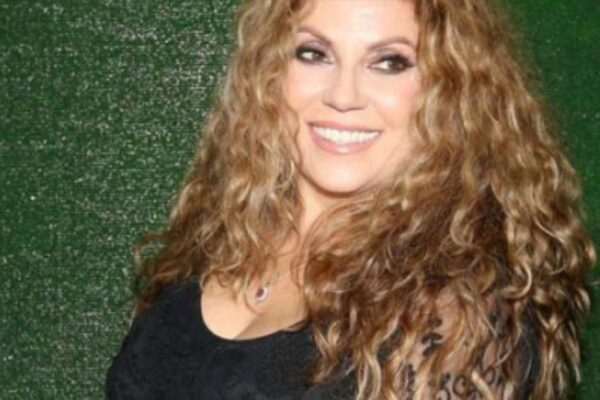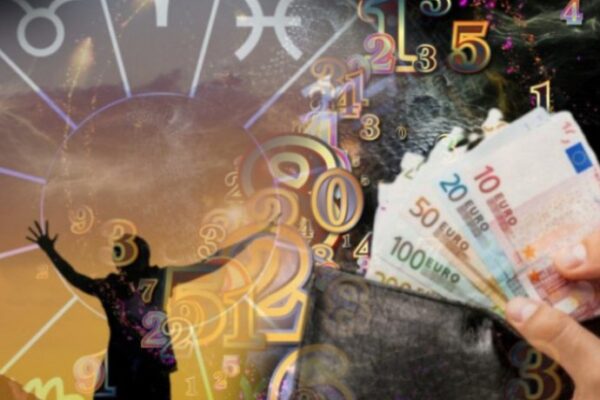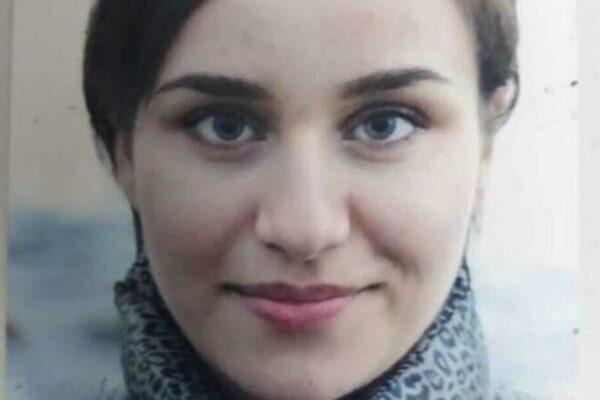Showbiz
-

VIŠE NEMA KOVRDŽE! LIDIJA VUKIČEVIĆ NAKON 50 GODINA POKAZALA NOVU FRIZURU: Neprepoznatljiva, Pogledajte Kako SADA IZGLEDA (FOTO)
-

OVO SU DJECA TOME ZDRAVKOVIĆA: Čime se bave i gdje se nalaze
-

NEKADA BILA AVION A SADA JE JOŠ BOLJA, evo kako izgleda sad INDIRA RADIĆ
-

AMIDŽIĆ SA TRUDNOM DJEVOJKOM NAPUŠTA STAN Ognjen i Mina moraju da se isele ZA 10 DANA
Horoskop
-

HOROSKOP ZA 24. MART: Vage hitno trebaju da IZAĐU napolje, a NJIH čeka ŠOK VIJEST
-

OVI HOROSKOPSKI ZNAKOVI U OVOJ GODINI NEĆE ZNATI ŠTA ĆE SA PARAMA: Jeste li među njima?
-

OVO SU NAJGORE DOMAĆICE ZODIJAKA: Od kuhinje bježe glavom bez obzira!
-

OVIH 5 ZNAKOVA ĆE BITI NAJSRETNIJI U PROLJEĆE 2024: Stiže veća zarada i ljubav na duže staze

































